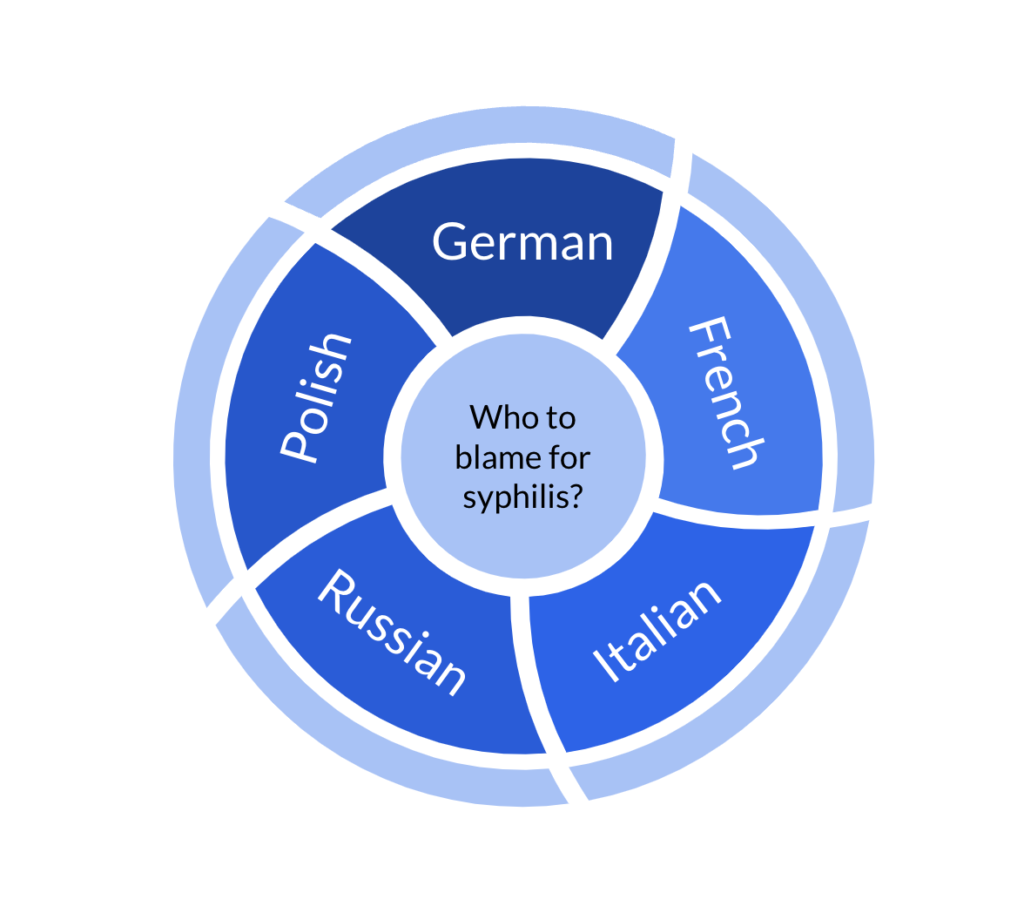“You need to figure out who’s in it for the long haul.”
In this class, Dr. Gregg Gonsalves spoke to the challenges and nuances of public health activism. What I found particularly interesting was the discussion of the sustainability of these movements. Many efforts that groups like ACT UP make are on the local level, looking to support communities in tangible ways. But what happens when our local efforts are met with continuous push-back? How can we guarantee that our efforts are sustainable?
When I asked these questions, Dr. Gonsalves offered meaningful insight from his involvement with ACT UP. The lessons we learned about local advocacy from the HIV pandemic are applicable to COVID-19, so it is important that we reflect on what we have learned:
- First, we have to create a network of support and care. To do meaningful work, we have to do it together. Burnout impacts everyone, but when we create a team that supports each other, the burnout of one individual does not mean the collapse of an initiative. During the HIV pandemic, people could meet up and express their support for each other in physical and interpersonal ways, be it discussions over a meal or a march. This was not as possible during COVID-19, since seeing each other face-to-face was restricted. Still, we can create a network of care by checking in with each other through phone calls or letters.
- Second, we have to be in it for the long haul. We are not going to see the end of this fight any time soon, but we have to ensure that we will keep going. The social issues that we saw with the HIV pandemic re-emerged with COVID-19 and Monkeypox. But in response to this, activists re-emerged as well. Those in the AIDS generation found themselves working with young folk in the COVID-19 generation, teaching them how to be successful public health advocates.
- Third, we have to find individuals to pass along the torch to. As mentioned before, it is unlikely that any individual solves a crisis by the end of his lifetime in a sustainable matter. We must find people who will make sure that any established efforts are on-going.
Being a true advocate for public health means to support the health of others around us. We have to recognize that health is not individualized– it is crucial to monitor and maintain the health of our communities. This can be done with a dedicated team that is intergenerational and interdisciplinary. Our polarized political landscape has made it difficult for us to form these teams. But at the heart of public health is collaboration, so we must find a middleground and make compromises to support the health of all.


